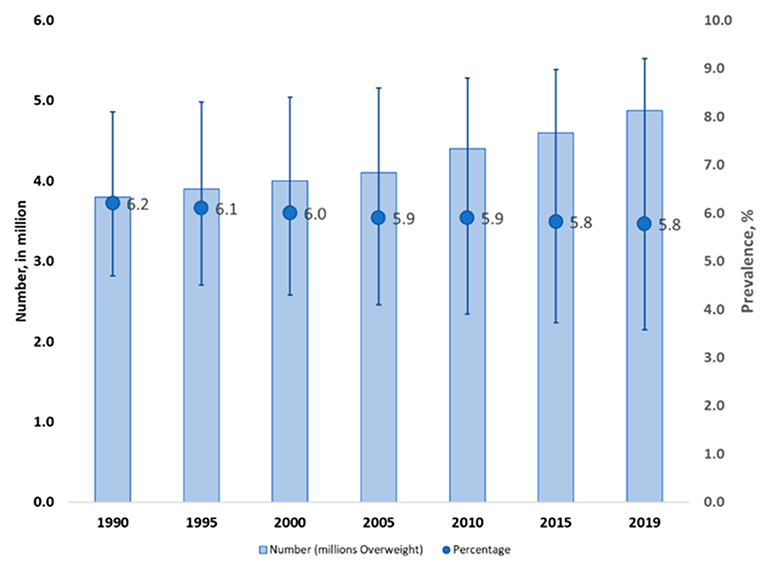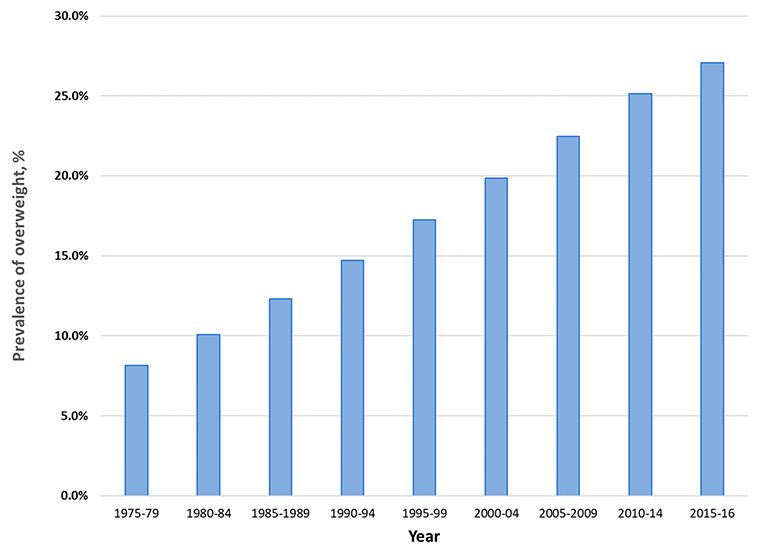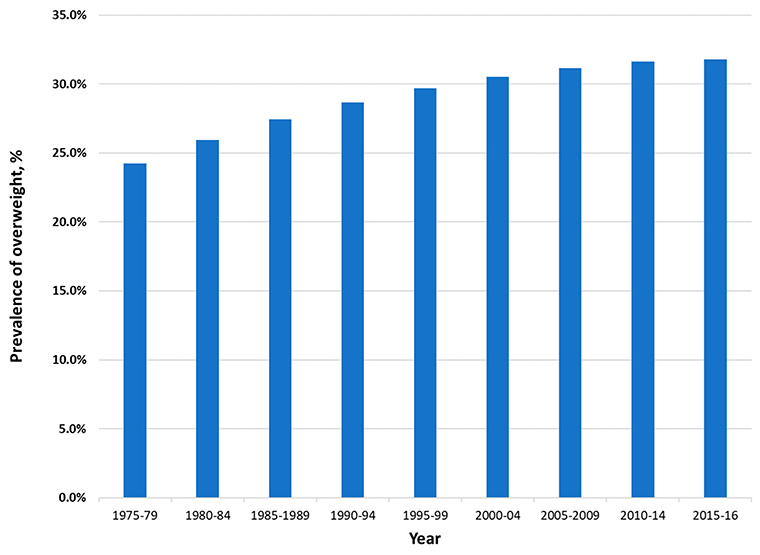Health observatories
WHO Eastern Mediterranean Health Observatory
Databases
WHO Global Database on Body Mass Index
WHO Global Database on Child Growth and Malnutrition
WHO Global Database on the Implementation of Nutrition Action
Data banks
WHO Global Data Bank on Infant and Young Child Feeding
Information systems
WHO Nutrition Landscape Information System (NLiS)
WHO Vitamin and Mineral Nutrition Information System (VMNIS)
Online libraries
WHO eLENA (WHO e-Library of Evidence for Nutrition Actions)
Partner data management systems
FAO/WHO Global Individual Food consumption data tool (FAO/WHO GIFT)
The World Bank Databank: Health Nutrition and Population Statistics












